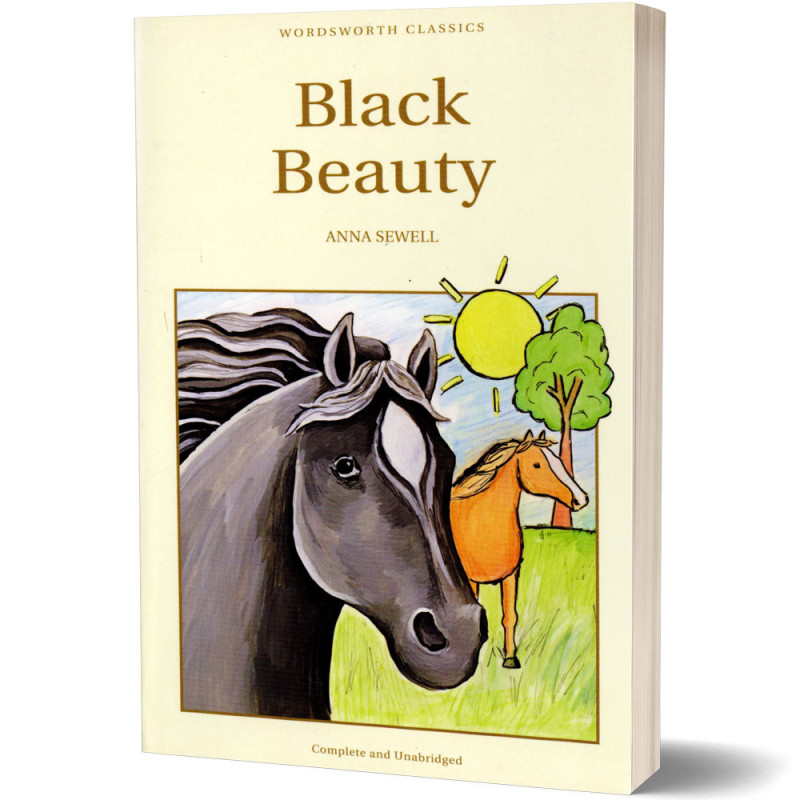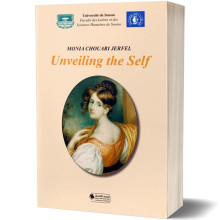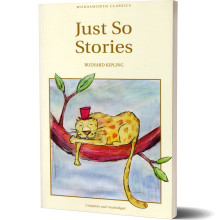Anna Sewell’s Black Beauty was an immediate success on its publication in 1877, and has gone on to sell an estimated 50 million copies.
Black Beauty is a horse with a fine black coat, a white foot and a silver star on his forehead. Seen through his eyes, the story tells of his idyllic upbringing and the hardship and cruelty he suffers subsequently, before finding security and happiness in a new home.
About the Book
Anna Sewell’s Black Beauty was an immediate success on its publication in 1877, and has gone on to sell an estimated 50 million copies.
Black Beauty is a horse with a fine black coat, a white foot and a silver star on his forehead. Seen through his eyes, the story tells of his idyllic upbringing and the hardship and cruelty he suffers subsequently, before finding security and happiness in a new home.
Black Beauty is one of the most popular children’s books ever written.
About the Author
Anna Sewell
Anna Sewell (1820 - 1878) had just one book published. Written while in ill health, she sold it to a local publisher for £40. Published five months before her death, 'Black Beauty' is the most popular animal story ever written, and the sixth best seller in the English language.
‘We call them dumb animals, and so they are, for they cannot tell us how they feel, but they do not suffer less because they have no words. My doctrine is this, that if we see cruelty or wrong that we have the power to stop, and do nothing, we make ourselves sharers in the guilt.’ Anna Sewell
Anna Sewell, the author of Black Beauty, was born in Yarmouth in 1820. Her mother was also a writer, penning tales for the very young; her father was a bank manager, later a commercial traveller for a Nottingham lace firm. Due to a series of disasters, the Sewell family were impoverished and Anna’s childhood was disturbed. Tragically, she was lamed when she broke her ankle walking back from school at the age of fourteen. The ankle was set badly and as a result, she was severely disabled and in poor health for the rest of her life.
For any movement outside the home, she was dependent on her pony and trap. It was her familiarity with this form of transport that fostered her interest in and love of horses. She developed a growing concern for how such creatures could so easily be mistreated.
Anna Sewell’s last years were spent as an invalid in her mother’s care. Her condition was so poor that she could barely get out of bed. It was during this time that she determined to write a book that would help highlight what she considered the unfeeling treatment of horses prevalent in the Victorian era. Her stroke of genius in creating Black Beauty was to have the central character, the gentle thoroughbred of the title, tell his own story. This concept immediately captured the imagination of the reading public, especially the younger readers, although Sewell maintained that the book was not aimed at children. She said that her purpose in writing the novel was ‘to induce kindness, sympathy, and an understanding treatment of horses’ – an influence she attributed to reading Essay on Animals’ by Horace Bushnell (1802–1876). Her sympathetic portrayal of the plight of working animals led to a vast outpouring of concern for animal welfare and is said to have been instrumental in the abolition of the cruel practice of using the ‘bearing rein’, a strap used to keep horses’ heads high, fashionable in Victorian England but painful and damaging to a horse’s neck. Black Beauty also mentions the use of blinkers on horses, concluding that these were likely to cause accidents at night due to interference with ‘the full use of’ a horse’s ability to see much better in the dark than humans can’.
Through the trials and tribulations undergone by the central character in Black Beauty, we see a cross-section of the working conditions and quality of life for horses at that period. Through her effective morality tale, Sewell’s universal message of compassion and understanding contributed to refinements in the way horses were treated and in some cases the abolishment of painful practices.
The book, which was written on slips of paper or dictated directly to her mother, was completed in 1877 and sold to the publishers Jarrold and Son who gave £20 for the sole copyright. By the time of the author’s death a year later, the novel had sold 100,000 copies.
Anna Sewell never married and lived much of her life in pain and discomfort but she had an inner strength that allowed her to complete the novel that meant so much to her. She died of hepatitis at the age of fifty-seven, a mere five months after the novel was published. It was as though she had spent the last of her resources in completing the book and then, thoroughly exhausted by the effort, the illness overcame her. She was laid to rest on 30 April 1878 in the Quaker burial ground at Lammas near Buxton, Norfolk, where a wall plaque marks her resting place. Her birthplace in Church Plain, Great Yarmouth, is now a museum. However it is her classic novel that remains her greatest monument – it has an endearing timeless quality which endears itself to each succeeding generation.
- Langue
- Anglaise
- Dimensions
- 127 mm x 198 mm
- Edition
- Wordsworth Editions
- Auteur
- Anna Sewell
- Poids
- 142 g
- Nombre de pages
- 208 pages
- Date de Parution
- 04/05/1993
- Série
- Children's Classics


































